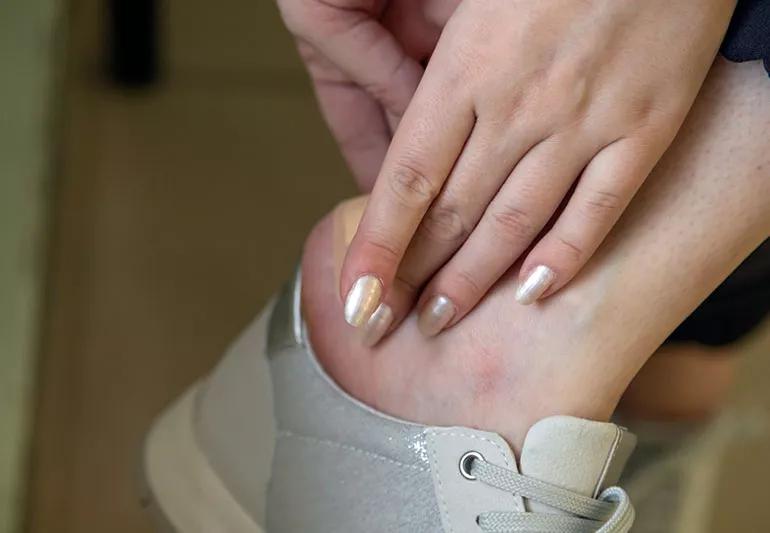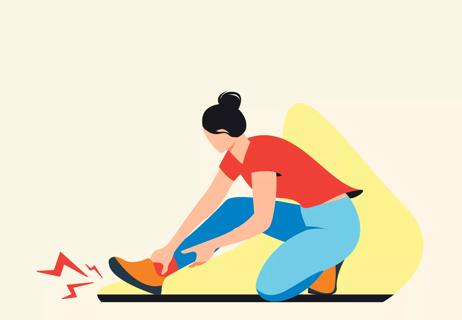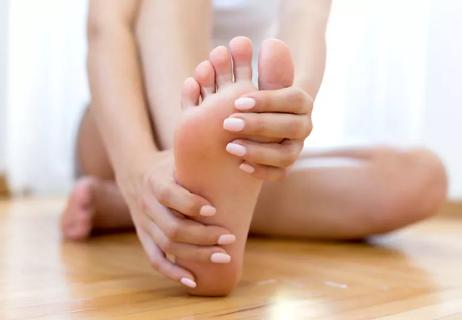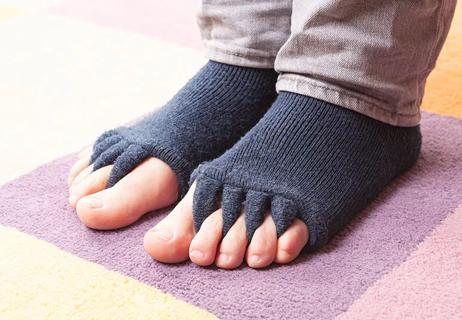Dulling feeling in your feet could cause problems

The perfect shoes for tonight’s outfit sit in your closet. There’s only one problem: That fancy footwear means torture for your feet. Those shoes don’t just hurt to wear. They really, really hurt.
Advertisement
Cleveland Clinic is a non-profit academic medical center. Advertising on our site helps support our mission. We do not endorse non-Cleveland Clinic products or services. Policy
But thanks to the fine folks sharing health hacks on TikTok, you may have heard about a way to ease the agony of uncomfortable shoes such as heals. All it takes is an over-the-counter numbing spray or lotion laced with lidocaine, an anesthetic that can be applied to your skin.
But is it a good idea to temporarily eliminate the feeling in your feet in the name of fashion? Let’s find out from podiatrist Nicole Nicolosi, DPM.
Nobody likes pain … but it does serve a purpose. It’s your body’s way of telling you that something’s not quite right. Consider it a warning system of sorts.
So, let’s look at the idea of numbing your foot in order to cram on a shoe that doesn’t make your tootsies happy. All you’re really doing in that situation is unplugging your body’s natural alarm system.
“Let’s say your shoe is rubbing wrong and creating a blister,” says Dr. Nicolosi. “Normally, you’d stop what you were doing if you felt it happening. But if you numbed your foot, that signal is off — and you might end up making a small problem worse. It’s not a good idea.”
And repeatedly numbing your feet to mask the pain from ill-fitting shoes also could open the door to long-term foot issues such as:
Advertisement
The story changes once your shoes come off. “If you’re sitting around after a long day or night and your feet are really hurting, a topical pain relieving cream or spray can help,” says Dr. Nicolosi.
In general, the answer is yes. However, that doesn’t mean you should spread lidocaine around your body as if it’s soap. Avoid using the anesthetic on skin with any open cuts or infections, for instance.
Also, talk to your healthcare provider before using lidocaine if you’re:
Caution also should be taken if you have had an unusual or allergic reaction to lidocaine, other medicines, foods, dyes or preservatives.
If you’re not a fan of numbing products but want to make your feet feel better, you can also:
There’s a simple way to avoid foot pain from uncomfortable shoes: Buy shoes that fit right and feel good. (Learn more about the do’s and don’ts of shoe shopping.)
“When it comes to shoes, it’s best to focus on comfort and then style,” advises Dr. Nicolosi. “And if that’s not possible — and we know sometimes that’s the reality — make sure it’s the exception rather than the rule.”
To hear more from Dr. Nicolosi on this topic, listen to the Health Essentials Podcast episode, “Talking Foot Health and Shoes.” New episodes of the Health Essentials Podcast are available every Wednesday.
Advertisement
Learn more about our editorial process.
Advertisement

You might have plantar fasciitis, Achilles tendinitis or arthritis

A tear in the stabilizing structure under your foot is a common cause

Heel spurs aren’t the only culprit when it hurts to walk

Toe spacers and separators can add some comfort, but they’re not a fix-all

How to spot and recover from running injuries

Pick shoes that make your feet happy and are good for your overall health

Most recommended precautions center around minimizing bruising or swelling

Type 2 diabetes isn’t inevitable with these dietary changes

Applying a hot or cold compress can help with pain